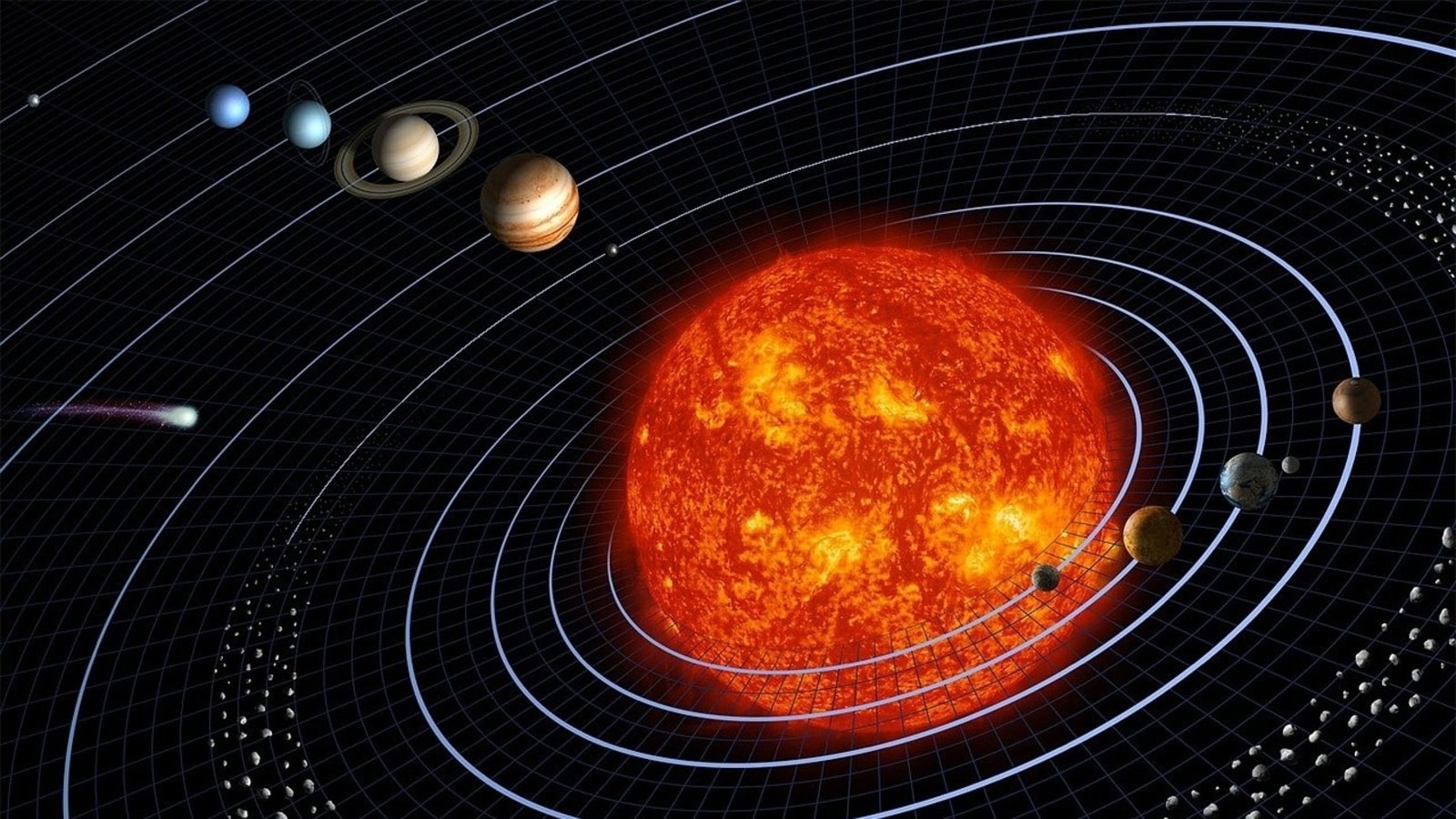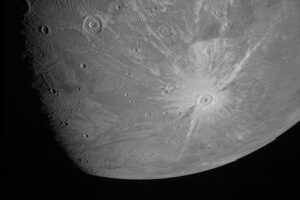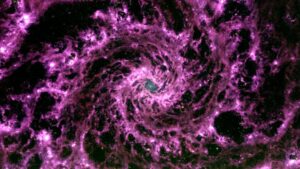
The inner solar system seems to have violated the law of physics. During the periods of years, scientists have produced many possible explanations about why the inside solar system is spinning at a slower speed than expected, however, the real reason is still unknown for decades. But this new study by Caltech (California Institute of Technology) This researcher can help explain why the solar system does not rotate faster. This mystery can be explained through the motion of charged particles which are thin gas disks that rotate around young stars.
This thin disk of gas and dust, called the accretion disk, has rotated around young stars for tens of millions of years. Scientists have long known that this inner spiral must speed up the inside of the disk due to conservation of angular momentum. The inner solar system, which contains terrestrial planets and spreads from the sun to the asteroid belt, does not rotate as fast as it should be in accordance with the law of physics, according to previous findings.
Now, scientists in Caltech have shown how particles in the accretion disk interact using new simulations from fictional accretion disk. Caltech researchers use several computer models from rotating, very thin virtual accretion discs, which are made to collide with neutral particles in front of magnetic and gravity fields.
The researchers found that the interaction between these particles and neutral atoms produced positively charged ions that spin inside, while electrons move out. During the process, neutral particles lose angular momentum and move in the middle. Meanwhile, the additional disk here acts as a giant battery.
“This model has the right amount of detail to capture all important features because it is large enough to behave like trillions in neutral particles, electron, and ions that orbit stars on the magnetic field,” Paul Bellan, professor of applied physics in Caltech, was mentioned in a statement.
Experiment analysis at the subatomic level shows that angular momentum is not preserved in the classic sense. However, even though it was a small anomaly, it made a big difference when it came to a large scale of the solar system, Bellan suggested.













